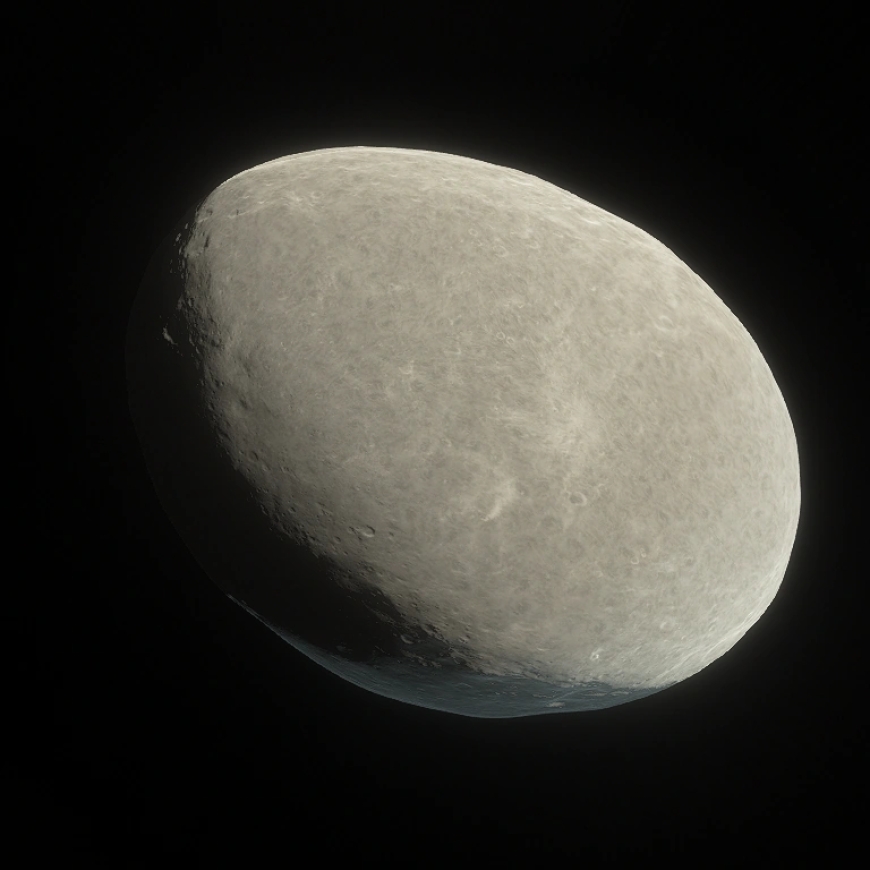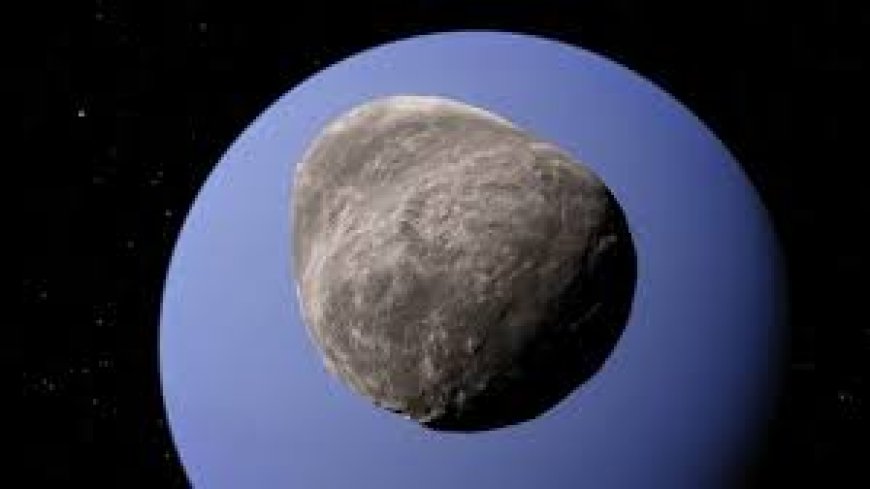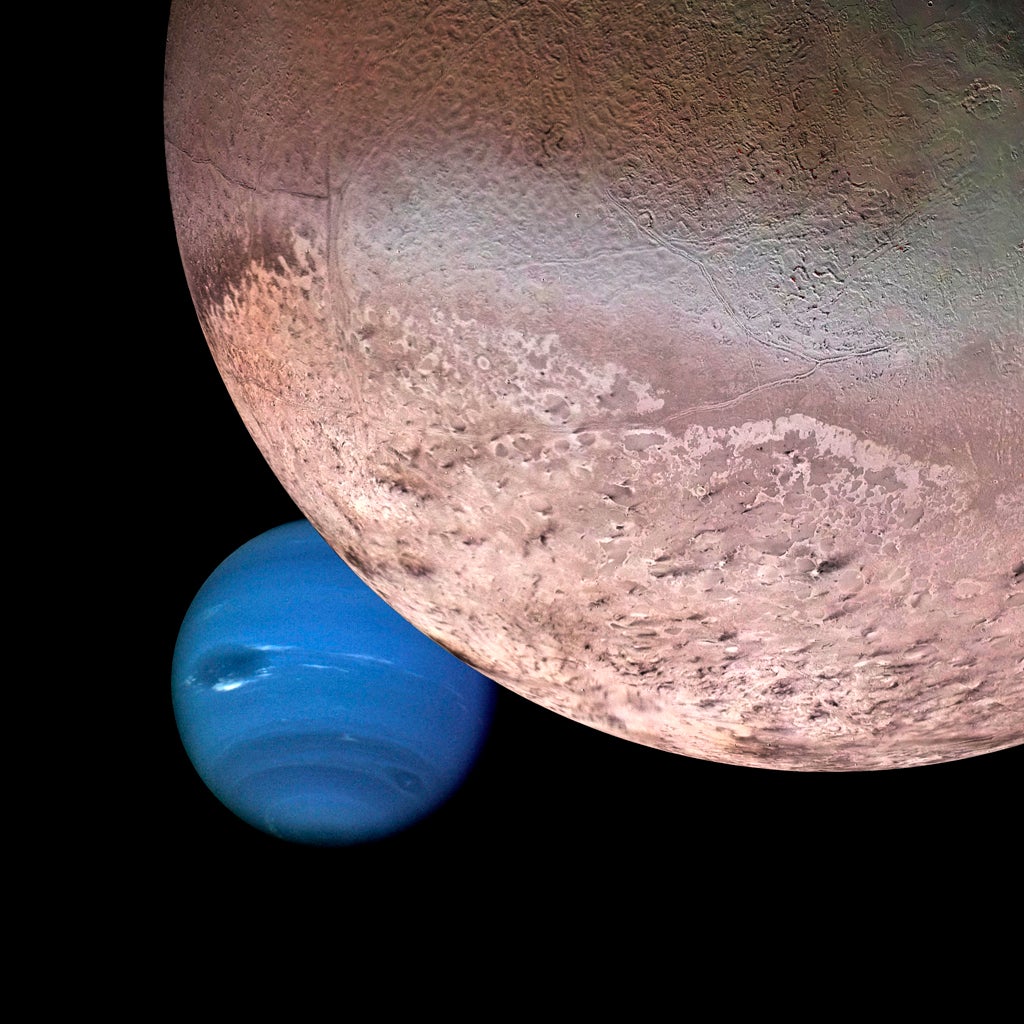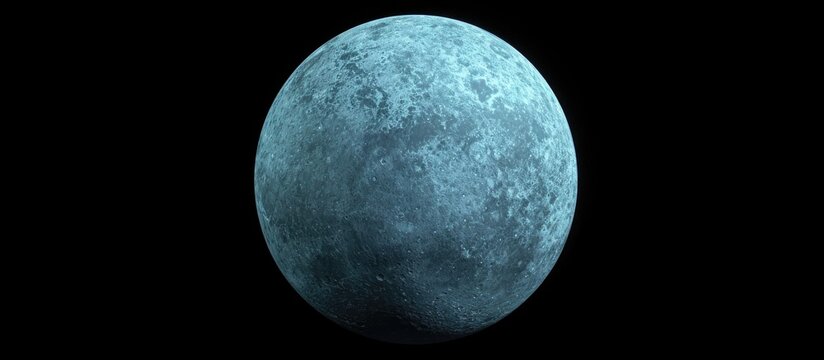Despina: A Tiny Moon with a Big Job
Despina, one of Neptune’s mysterious inner moons, orbits close to the planet, shrouded in intrigue with its faint ring interactions and elusive nature. Explore its secrets, formation, and role in Neptune’s dynamic system.
Discovery
Despina is one of Neptune’s lesser-known but fascinating inner moons. Discovered during the historic Voyager 2 flyby in 1989, this small satellite was identified through painstaking analysis of images taken during its close approach to the distant ice giant. Named after a nymph in classical mythology, Despina continues the tradition of bestowing Neptune’s moons with names that evoke mystery and ancient lore. Its discovery marked an important milestone in our exploration of the outer solar system, as scientists began to piece together the complex family of moons that orbit Neptune.
Orbital Characteristics and Size
Despina orbits very close to Neptune, making it one of the planet’s inner satellites. Its orbit is nearly circular and lies within Neptune’s ring system, which hints at intriguing interactions between the moon and the surrounding debris. Despina completes an orbit in just a few hours, moving rapidly through space under Neptune’s powerful gravitational influence. With an estimated mean diameter of roughly 150 kilometers, it is much smaller than the giant moons that orbit other planets. However, its modest size does not diminish its importance, as its proximity to Neptune and the rings makes it a key player in the dynamic processes that govern the planet’s immediate environment.
Physical Appearance and Colors
In terms of appearance, Despina presents a mysterious, dark facade. Its surface is believed to be composed of water ice mixed with rocky material and darker compounds, giving it a uniformly low albedo. This results in a surface that is generally dark gray or charcoal in color, absorbing most of the sunlight that reaches it. The interplay of light and shadow on its irregular, non-spherical body gives Despina an enigmatic quality, as its contours and ridges are accentuated by the low levels of reflected light. Unlike the brighter, more reflective surfaces seen on some of Neptune’s other moons, Despina’s muted tones add to its character as a silent, almost stealthy object in the Neptunian system.
Shape and Structural Characteristics
Despina is not a perfect sphere; instead, it exhibits an irregular, lumpy shape that suggests a history of collisions and gravitational influences. Its elongated form, somewhat akin to a misshapen potato, indicates that it may not have undergone enough gravitational reformation to become rounded. This irregularity is further accentuated by its rugged topography, which includes flat areas interspersed with steep slopes and ridges. These features speak to a violent past, where constant impacts and tidal forces from Neptune have sculpted the moon over eons. The chaotic nature of its shape also hints that Despina might be a remnant from a larger body that was broken apart long ago.
Surface Features and Composition
Closer observations suggest that Despina’s surface is pockmarked with craters of various sizes, evidence of countless impacts by micrometeoroids and space debris. The impact craters are not uniformly distributed, indicating regions where resurfacing events might have occurred in the past. The dark material on its surface could be the result of space weathering—a process where prolonged exposure to cosmic radiation and micrometeoroid bombardment alters the original icy composition. Beneath this weathered exterior, scientists suspect that Despina’s surface may harbor pockets of relatively fresh water ice, juxtaposed with ancient, darker materials that have been darkened over time. This mix of materials makes Despina an intriguing object of study for understanding the evolution of small bodies in the outer solar system.
Geological History and Tectonic Activity
While Despina is small and lacks the complex geology of larger moons, its surface tells a story of past tectonic and impact events. The uneven terrain, with its combination of smooth plains and heavily cratered regions, suggests that the moon has experienced episodes of internal stress. Tidal forces exerted by Neptune are believed to have played a role in deforming its structure over time, perhaps even triggering minor tectonic shifts. Though not geologically active in the same way as Earth or even some of the more dynamic moons of Saturn, Despina’s surface holds clues to the long-term effects of tidal interactions and the gradual process of space weathering. These processes have left an indelible mark on the moon’s physical structure and composition.
Rotational Dynamics and Tidal Locking
Despina rotates in perfect harmony with its orbit, a state known as tidal locking. This means that one side of the moon always faces Neptune, while the opposite side remains hidden from immediate view. Tidal locking is common among moons that orbit close to their parent planet, and it provides insights into the gravitational interplay within the Neptunian system. The constant orientation has significant implications for the temperature distribution across Despina’s surface. The side facing Neptune is perpetually exposed to the planet’s influence, while the far side, though still bathed in sunlight during parts of its orbit, experiences a slightly different thermal history. These differences can subtly affect the moon’s surface evolution and may help explain variations in its observed albedo.
Interactions with Neptune’s Ring System
Despina’s orbit is intimately linked with Neptune’s faint ring system. As it travels along its path, the moon is thought to both shape and be shaped by the surrounding ring material. Gravitational forces between Despina and the rings can lead to the exchange of particles, contributing to the maintenance of the ring system. Some theories suggest that Despina might even be a source of ring material, shedding debris through micrometeoroid impacts or minor surface erosion. This dynamic relationship offers scientists a natural laboratory to study the processes of ring-moon interactions, providing clues about the evolution and stability of ring systems not only around Neptune but also around other giant planets in our solar system.
Exploration and Observational History
To date, our understanding of Despina comes primarily from the fleeting yet groundbreaking observations made by Voyager 2 in 1989. The images and data returned by the spacecraft revealed a small, dark, and irregularly shaped moon that had previously been hidden in the glare of Neptune. Due to the limitations of that brief encounter, much of Despina’s surface remains a mystery. The available imagery offers only a glimpse of its complex terrain, leaving many questions unanswered. Modern telescopic observations from Earth-based facilities have attempted to supplement Voyager’s data, but the great distance of Neptune means that Despina continues to elude detailed study. Future missions to the outer solar system hold the promise of unlocking more secrets about this enigmatic moon.
Fun Facts and Unique Characteristics
Despina’s role in the Neptunian system is full of intriguing tidbits. One fun fact is that despite its small size, Despina plays a significant part in the gravitational ballet of Neptune’s inner satellites. Its interactions with neighboring moons and ring material highlight the complex forces at work in the outer reaches of our solar system. Another interesting aspect is the moon’s remarkably low reflectivity. The dark surface of Despina, which absorbs most of the sunlight, makes it one of the less reflective objects in the Neptunian family. This low albedo not only contributes to its mysterious appearance but also raises questions about its composition and surface evolution. The possibility that Despina may contribute material to Neptune’s rings adds another layer of intrigue, suggesting that even the smallest bodies can have a substantial impact on their surroundings.
Conclusion
Despina stands as a quiet but compelling testament to the mysteries of the outer solar system. Its dark, rugged surface, irregular shape, and rapid orbit around Neptune reveal a world shaped by both violent impacts and gentle tidal forces. With one side eternally gazing at Neptune, Despina offers a unique perspective on the interactions between moons and their parent planets. The moon’s connection to Neptune’s ring system and its potential role as a source of ring material make it an essential piece in the puzzle of planetary ring dynamics. In simple words, Despina is a small, dark, and fascinating moon that holds many secrets. Its story is one of constant change and cosmic interplay, and even though it is often overlooked, every detail about Despina helps us understand more about the intricate dance of our solar system. The more we learn about moons like Despina, the better we can appreciate the diverse and dynamic processes that continue to shape the outer reaches of our cosmic neighborhood.
Based on true sources, these insights into Despina reveal a world that, while distant and dim, plays a bright role in the broader narrative of planetary science.
What's Your Reaction?







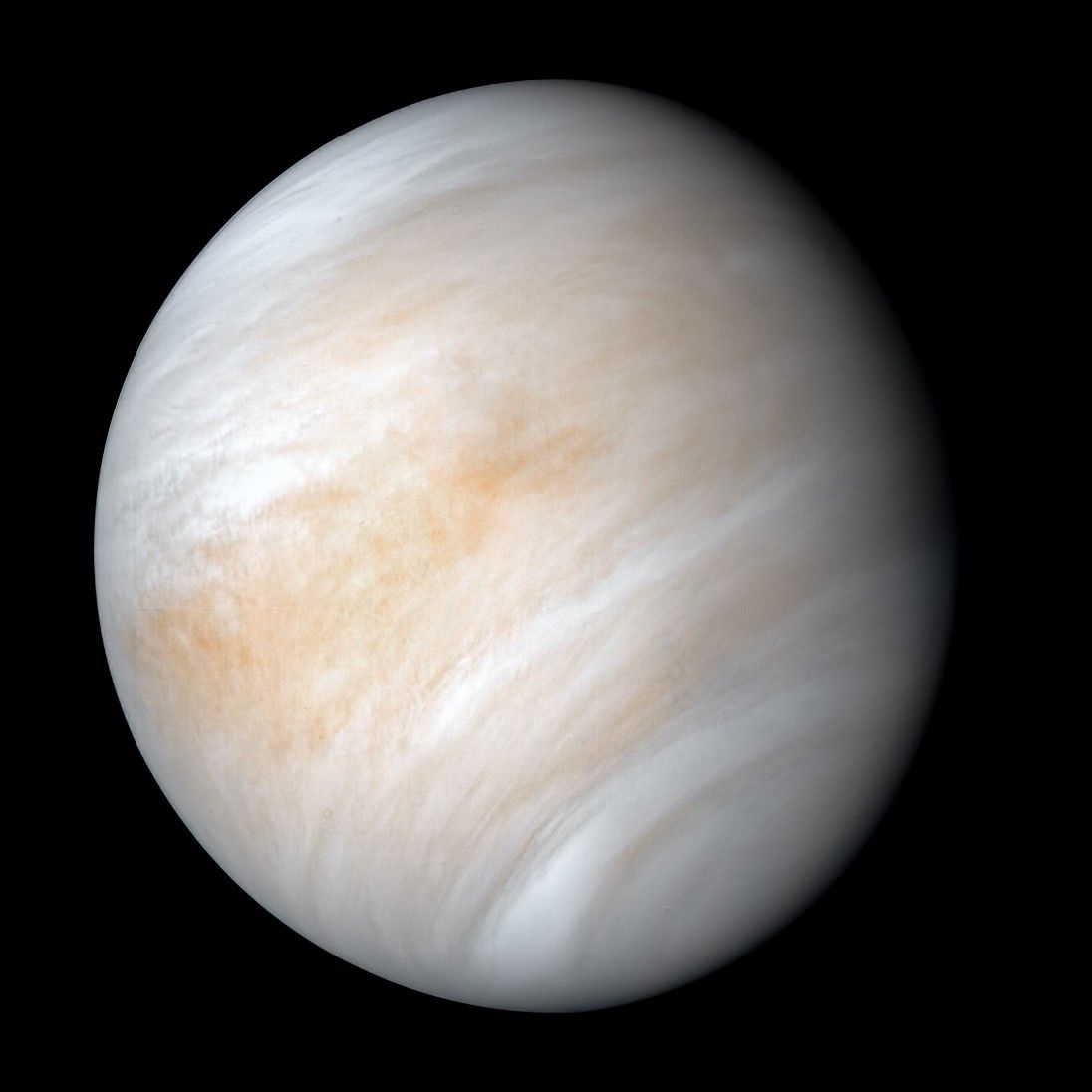




/https://tf-cmsv2-smithsonianmag-media.s3.amazonaws.com/filer_public/54/66/546650fa-26a4-40fd-8d6d-5a7a04540f81/rosetta2.png)
:max_bytes(150000):strip_icc():focal(999x0:1001x2)/robert-prevost-050825-1-39395418ab494da5a3a700c9478e66c8.jpg)















































format(webp))
format(webp))















